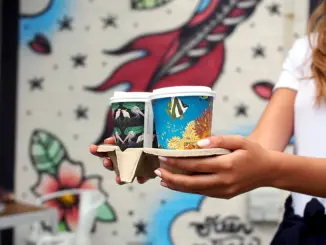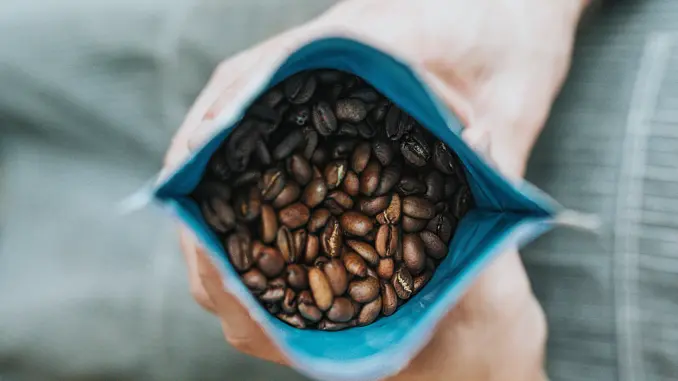
After years of one-way valve coffee bags, something new is coming to the specialty-coffee market: valveless coffee bags.
BY TANYA NANETTI
SENIOR ONLINE CORRESPONDENT
Featured photo by Nathan Dumlao via Unsplash
Traditionally, specialty-coffee bags have featured a small one-way valve to help preserve the shelf life of coffee beans. The valve is designed to allow carbon dioxide to escape and prevent oxygen from entering. But in recent times, things are changing; more roasters are starting to use a new type of packaging, without a valve.
Packaging Problems
Scott Tedder, head roaster and green buyer at Bonanza Coffee , one of Berlin’s most established roasters, helps us better understand this new phenomenon.
“As is the case with most specialty roasters out there, Bonanza used to sell its coffee in valve bags until not too long ago,“ Scott shares. “Then, when we decided to switch to recyclable bags, we had to make a choice.“
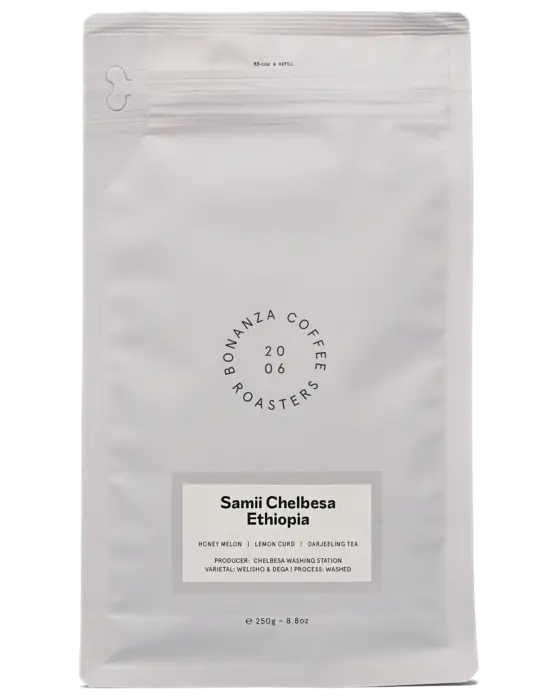
“At the time,“ Scott explains, “there were no viable options for recyclable valves that fit the bag, which meant that to recycle the bag you had to cut off the valve each time. We were pretty sure that many customers would find this annoying and end up not recycling the package properly or, worse yet, not recycling it at all.“
A Solution
“This is why we decided to buy the bag without a valve and simply cut a small hole in the side at the top of the bulk of the contents, to prevent the bag from exploding,“ Scott says.
Scott recognizes that this is not a perfect scenario, but it does seem to work out pretty well. “Of course, a one-way valve is ideal, as it allows the carbon dioxide to escape without allowing oxygen to replace it and extract the flavor compounds from the coffee at a faster rate. But the hole in the side of our bags emulates this in a very rudimentary way, as the carbon dioxide comes out faster than the oxygen can get back in, which means it creates its own ’one-way valve’ in this process, which we think does not allow the coffee to degas particularly quickly.“
Of course, this was not a decision to be made lightly; it was decided after extensive testing to understand the effect of the new bags on the coffee they stored.
Would the hole be large enough to let the carbon dioxide out and small enough to keep the oxygen out?
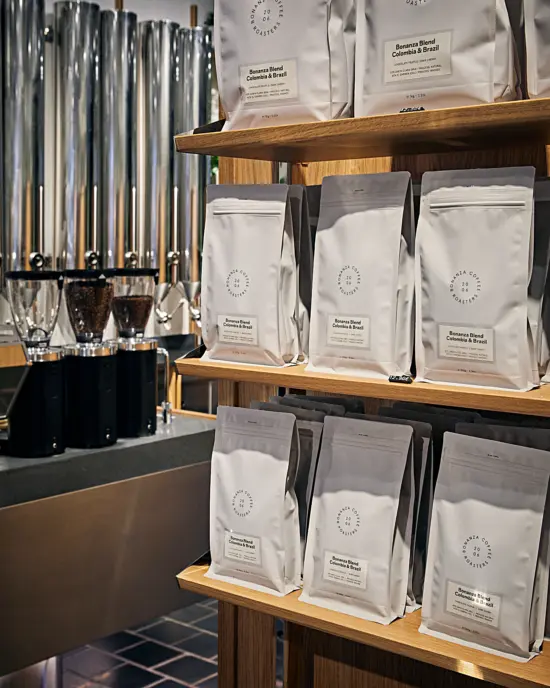
“After many months of testing, we were satisfied with the result and found the best compromise for all options. Our experiments were based on tasting and cupping coffee stored over time in both one-way valve and valveless bags. Perhaps surprisingly, even after a period of three months, the coffee inside the valveless bag did not show such obvious differences that we thought the absence of the valve was a problem.“
(Un)explosive Results
It is also interesting to consider what would happen if the valveless bag were completely without a hole. Scott expounds for us on some of the results of the experiment conducted at Bonanza. Freshly roasted coffee placed in a sealed bag has no outlet for the increasing carbon dioxide being expelled. In his estimation, the bag would explode in five to seven days.
“Gas expulsion will largely depend on the degree of roasting, density, and volume of the coffee, but this is a rough estimate,“ Scott continues. “In addition, it is important to consider the material from which the bag is made. If it could allow some gas expulsion it would obviously help, but at the same time it is highly likely that it would not be unidirectional, so oxygen would re-enter the bag and ruin the coffee.“
Scott also explains what happens to the coffee when the valveless bags in which it is stored begin to swell.
“As mentioned, the bags swell because of the gases present during the roasting process. If this gas is not expelled, it will either explode the bag or simply block the degassing of the coffee, creating more carbonic acid in the coffee and hiding the flavors present in the roasted coffee.“
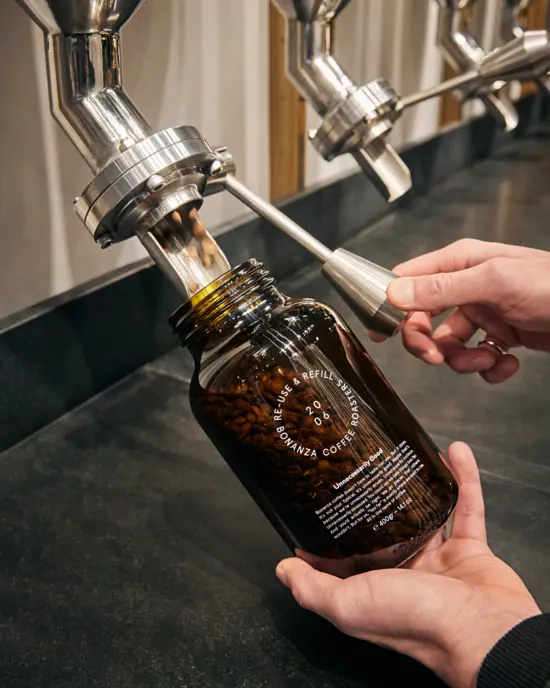
Keeping It Fresh
Scott adds that controlling oxygen also plays an important role in proper coffee storage.
“Interestingly, from our recent tests we found that the real aroma killer is the headspace in the container in which the coffee is stored. If the coffee is stored in a controlled environment and all excess air is squeezed out, such as in a bag, then it will degas at a regular rate. However, if the coffee is stored, for example, in a small bucket with a lid and the bucket is only half full, the other half of the container is full of oxygen and degassing is much faster and the coffee loses vibrancy much faster.“ In other words, the less excess air stored, the better!
Bonanza hasn’t stopped innovating at just its retail bags, either. “The latest innovation we have introduced in coffee storage is designed to eliminate this problem. The larger barrels in which we store coffee now have a heavy, food-safe silicone disk that sits on top of the coffee bed to create at least some level of protection,“ Scott says.
He continues, “We’ve also replaced our smaller (2kg) buckets with a specially designed vacuum pot (from a company called Planetary Design that made the Airscape container) that has an internal valve that follows the level of coffee inside downward, eliminating any headspace. I think these containers are the perfect environment in which to store coffee.“
ABOUT THE AUTHOR
Tanya Nanetti (she/her) is a specialty-coffee barista, a traveler, and a dreamer. When she’s not behind the coffee machine (or visiting some hidden corner of the world), she’s busy writing for Coffee Insurrection, a website about specialty coffee that she’s creating along with her boyfriend.

READ THE LATEST BARISTA MAGAZINE
Out now: It’s the August + September 2023 issue of Barista Magazine, featuring Boram Um of Brazil on the cover. Read it for free with our digital edition. Get your Barista Magazine delivered; start a subscription today! Visit our online store to renew your subscription or order back issues.



